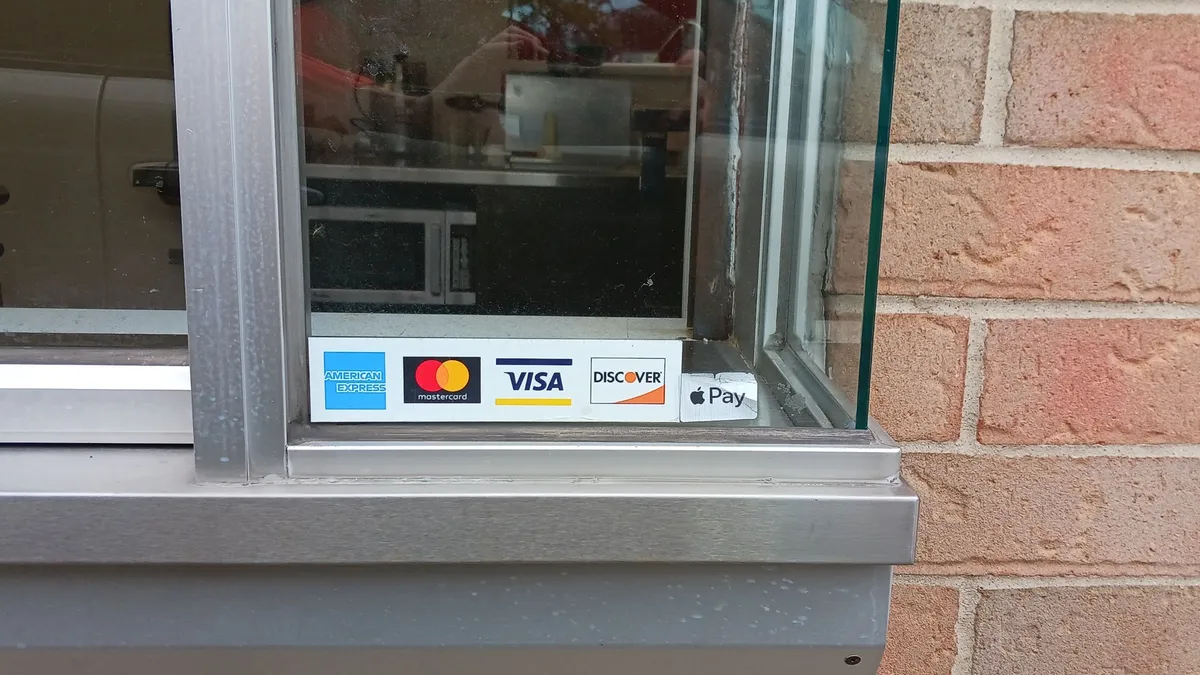Dive Brief:
- Credit card delinquencies, as measured in the third quarter of this year, rose to their highest level since 2010, surpassing 4%, even as overall consumer debt for card, auto and student loans was about the same as last year according to the Federal Reserve Board’s annual financial stability report.
- The Q3 increase in credit card delinquencies was mainly due to “nonprime borrowers,” even as balances rose slightly for prime and nonprime cardholders, the Fed report, issued last week, showed.
- “Auto and credit card loan delinquencies remained above pre-pandemic levels, in part reflecting extension of credit to riskier borrowers,” the report said.
Dive Insight:
Household credit card debt rose 6.7% during the third quarter to $1.3 trillion, outstripping the average annual increase of 3.7% pace since 1998, the Fed report showed. That expansion rate for credit card debt was more than twice the 2.8% increase for overall household debt during the quarter.
The latest Fed Board report shows an even bleaker picture, in terms of overall credit card debt, than a New York Federal Reserve Bank report earlier this month that pegged third-quarter card balances at $1.17 trillion.
Despite that increase and the higher delinquencies, the central bank didn’t sound the alarm with respect to the overall economy, or even in the context of consumers’ ability to get a handle on their debt.
“Household debt relative to [U.S. gross domestic product] is especially subdued relative to recent history, and most household debt is owed by prime-rated borrowers who are well positioned to meet their payment obligations,” the Fed report said.
Nonetheless, less financially stable subprime credit cardholders are taking on proportionally more debt. “Aggregate inflation-adjusted credit card balances were little changed for prime and near-prime borrowers through the third quarter of 2024 but continued to inch up for subprime borrowers,” the report said.
The biggest U.S. credit card issuers include JPMorgan Chase, American Express, Citi Bank and Capital One. The Fed noted that “exposures in credit card loans remained concentrated in a few large banks that are subject to regular stress testing and are therefore expected to be better prepared to manage losses in their loan portfolios.”
The Fed says the purpose of the annual report is to summarize its assessment of “the resilience of the U.S. financial system” and to inform the public on its views of the topic, partly to allow for accountability.













